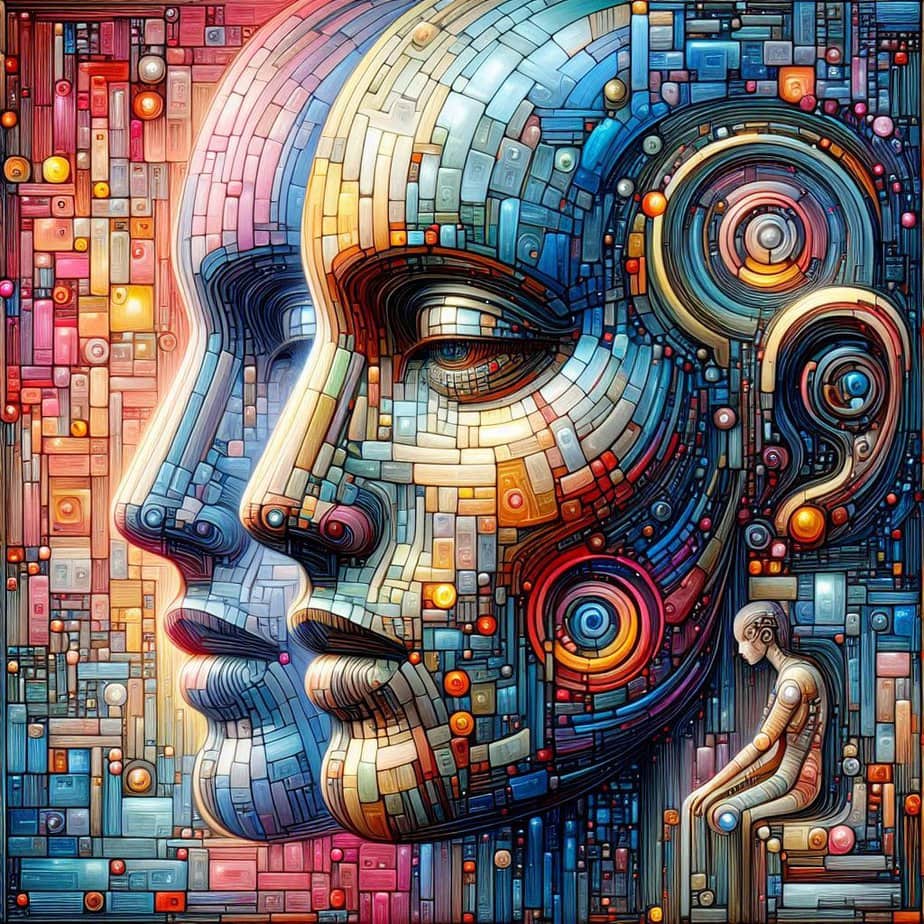The rise of AI-generated art brings forth a range of ethical implications that warrant careful consideration. While AI has undeniably opened new avenues for creativity and artistic expression, it also raises concerns and challenges regarding authorship, authenticity, and the impact on the art ecosystem.
Here, we delve into some of the key ethical implications surrounding AI-generated art.
Authorship and Attribution
AI-generated art blurs the traditional notion of authorship, as the creative process involves collaboration between human artists and machine algorithms.
Determining who should be credited as the artist becomes a complex question. While the human artist provides guidance and input, the AI system contributes significantly to the final artwork.
Resolving issues of authorship and ensuring proper attribution become critical ethical considerations.
Originality and Authenticity
The concept of originality becomes ambiguous when AI is involved in the artistic process.
AI algorithms are trained on existing artworks, raising concerns about the potential for plagiarism or imitation.
AI-generated art may replicate established artistic styles or mimic renowned artists, challenging the uniqueness and authenticity of the artwork.
Balancing innovation and creativity with the potential for imitation becomes a crucial ethical concern.
Artistic Intention and Creativity
AI systems lack subjective consciousness and personal experiences, leading to questions about the authenticity of artistic intention and creativity.
Can AI truly possess artistic vision and intent?
Does the absence of human emotions and experiences undermine the depth and meaning of the artwork?
These philosophical questions raise concerns about the role of human emotional connection in art and the potential loss of the human touch in AI-generated creations.
Impact on Human Artists
The advent of AI-generated art raises concerns about the impact on human artists and their livelihoods.
As AI systems become more capable of producing high-quality artworks, there is a potential for displacement within the art industry.
Human artists may find it challenging to compete with AI-generated art, which could lead to fewer opportunities, reduced demand, and economic repercussions within the artistic community.
Cultural Appropriation and Bias
AI algorithms are trained on existing datasets, which may contain cultural biases or perpetuate certain stereotypes.
When AI is used to generate art, there is a risk of amplifying and reinforcing these biases.
It is essential to address and mitigate algorithmic biases to ensure that AI-generated art promotes inclusivity, diversity, and cultural sensitivity.
Value and Market Impact
The introduction of AI-generated art into the market raises questions about its economic value and impact. How should AI-generated artworks be priced?
Will the market value them differently from human-created art?
The unique nature of AI-generated art challenges existing market dynamics, and establishing fair value becomes an ethical consideration.
Transparency and Disclosure
Ethical considerations also revolve around transparency and disclosure. Should AI-generated art be clearly labeled as such? Should viewers be informed about the involvement of AI in the creative process? Transparent disclosure ensures that viewers can make informed judgments and appreciate the artwork within its context.
Addressing these ethical implications requires a multistakeholder approach involving artists, AI developers, art institutions, and policymakers. Establishing guidelines, frameworks, and ethical standards can help navigate the complex terrain of AI-generated art, ensuring responsible and ethical practices.
While AI-generated art presents ethical challenges, it also offers opportunities for innovation, collaboration, and new artistic possibilities. By addressing these ethical concerns proactively, we can harness the potential of AI while preserving the integrity and value of art in the digital age.


